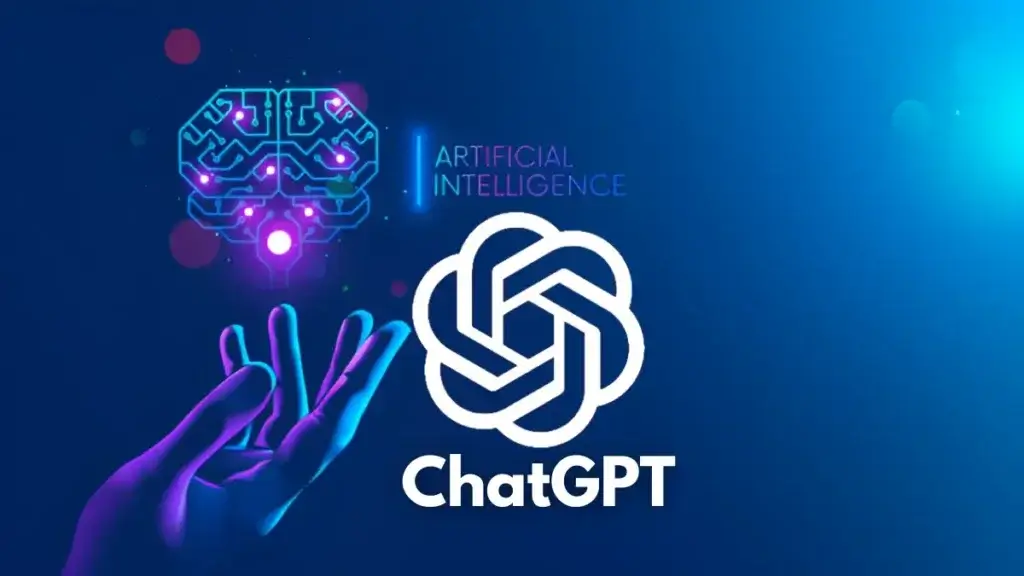As artificial intelligence (AI) evolves in our diverse global landscape, the need to master multiple languages becomes imperative. Therefore, AI needs to be multilingual While English dominates the field of technology and international communication, our world is linguistically diverse, with more than 7,000 languages spoken around the world. From JnDlens’ perspective, this phenomenon presents both challenges and opportunities for AI.
AI needs to be multilingual: The Challenge
The current development of AI language models is centered on English, limiting its scope and hindering effective interaction with many of the world’s population. Then, AI-driven customer service chatbots, for example, struggle when faced with questions in languages other than English, such as Polish, Arabic, and Bahasa Indonesia. Translation tools powered by AI may need to accurately capture the intricacies and cultural nuances embedded in non-English languages. Thus, what opportunities could we see?
Opportunity
The prospect of AI mastering a new language opens up a world of possibilities. By expanding its linguistic horizons, AI may improve communication and access. AI catalyzes seamless communication, eliminating language barriers and encouraging inclusive interactions across language backgrounds.
Apart from that, AI also has personalized engagement. AI can customize responses and interactions based on the user’s language preferences, changing the AI user experience and making services more accessible and user-friendly.
Additionally, there is the opportunity to create cultural skills. AI can gain deep insights into diverse cultures and perspectives through linguistic exploration, enabling it to produce culturally sensitive and relevant output.
Read also: Fintech Startups: How Data Science is Driving Innovation

Steps to Improve AI-Language Learning
To encourage AI proficiency in multiple languages, we need a holistic strategy that involves data amplification and algorithm advancement.
In data amplification, expanding multilingual datasets is critical, enabling AI models to understand nuances and patterns across multiple languages. Curating text, speech, and code in various languages drives this expansion.
On the other hand, improving algorithms in AI is a necessary step. Continuous research drives the development of algorithms adequate to handle the complexity of language learning. It includes algorithms that are tuned to subtle linguistic nuances and can adapt to a variety of dialects.
We also need to increase human collaboration, especially in linguistics and language. Expertise in these fields is essential in guiding the development of AI language models. Human guidance ensures that the AI not only masters the mechanics of the language but also summarizes the context and cultural nuances that are important for effective communication.
Conclusion
Based on these issues, we can conclude that in our highly connected and linguistically dynamic world, AI’s journey in mastering new languages is not just an option but a necessity. From JnDLens’ perspective, expanding AI’s linguistic prowess removes communication barriers, fosters cross-cultural understanding, and provides personalized and accessible services. As AI advances, multilingual models will become critical in shaping the future of human-computer interaction (HCI) and global communications.







[…] Recommended Article: The Best Reason AI Needs to be Multilingual […]
[…] Recommended Article: The Best Reason AI needs to be Multilingual […]